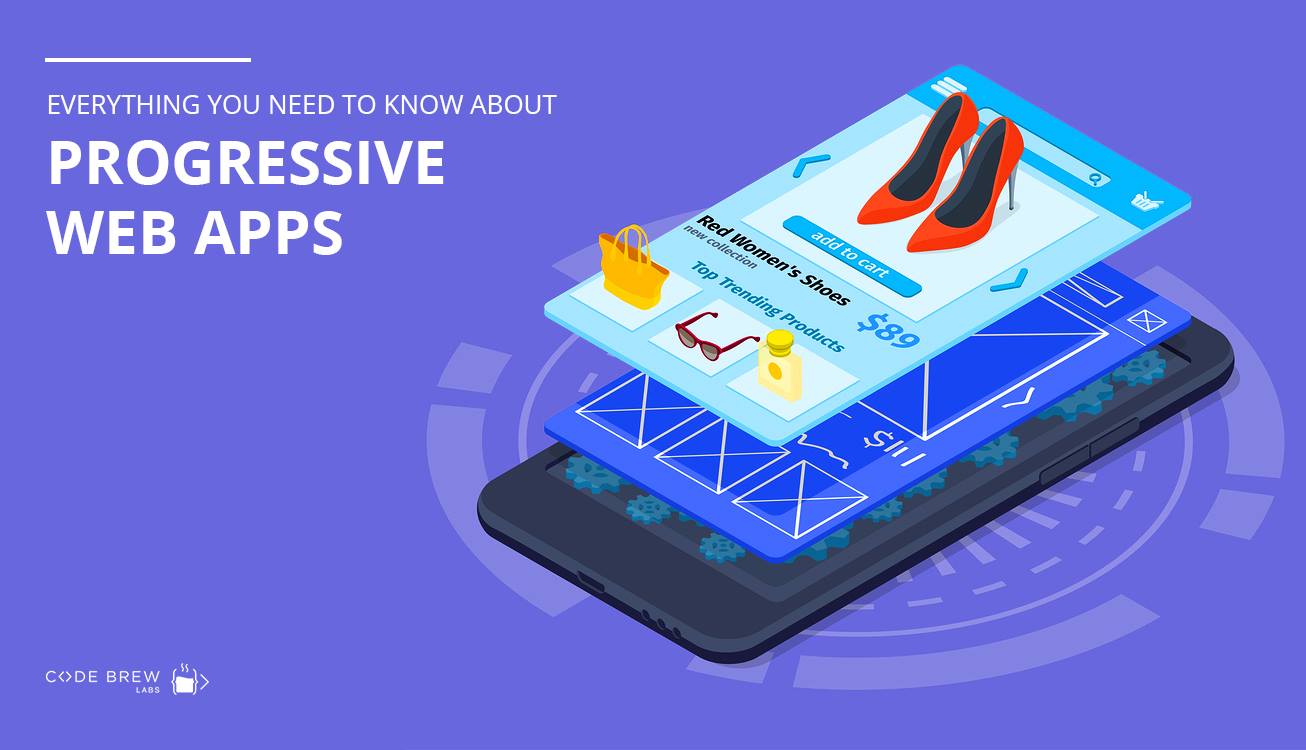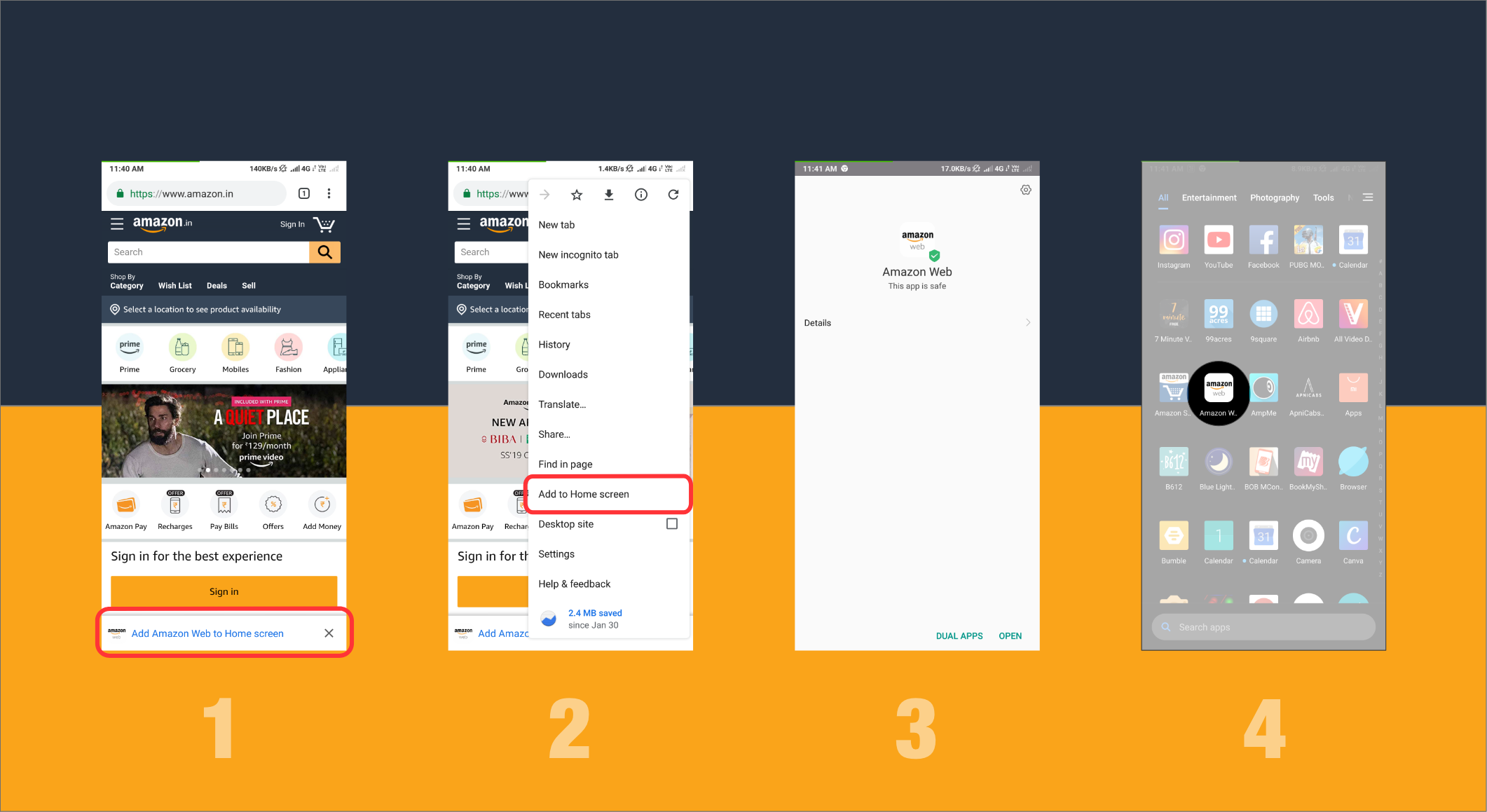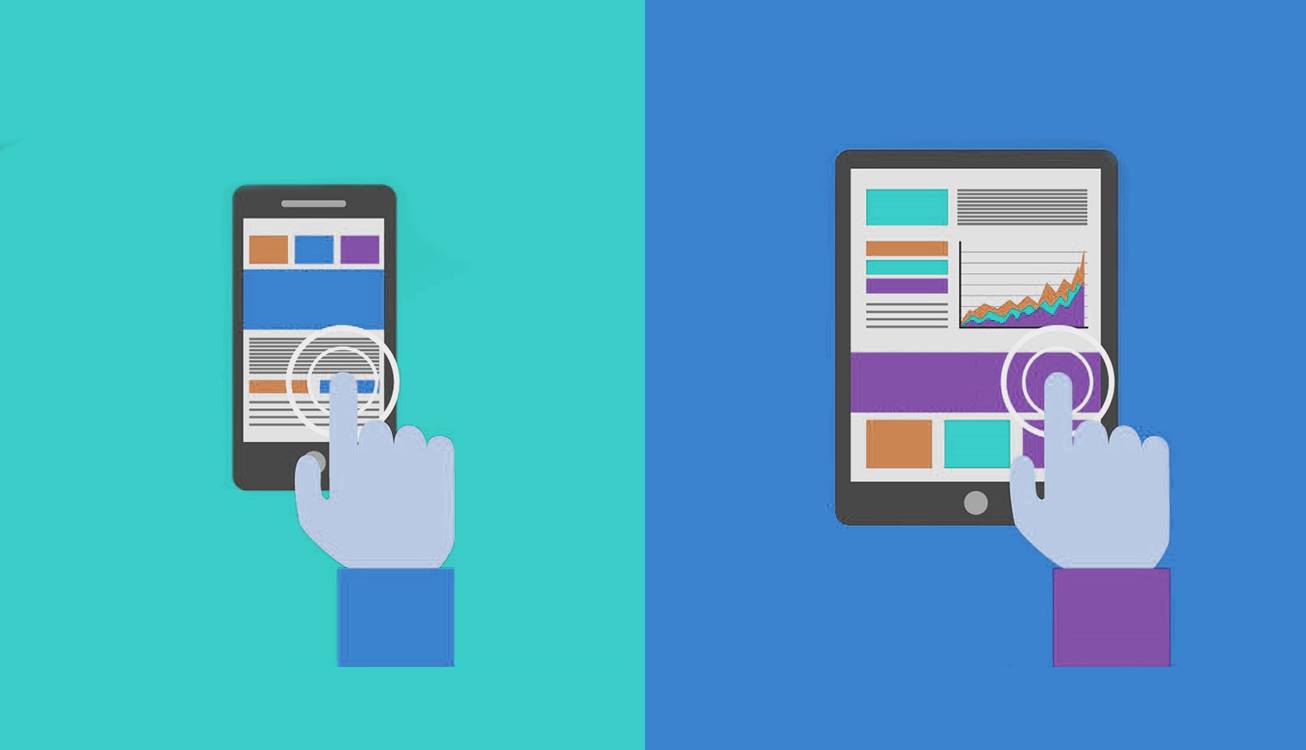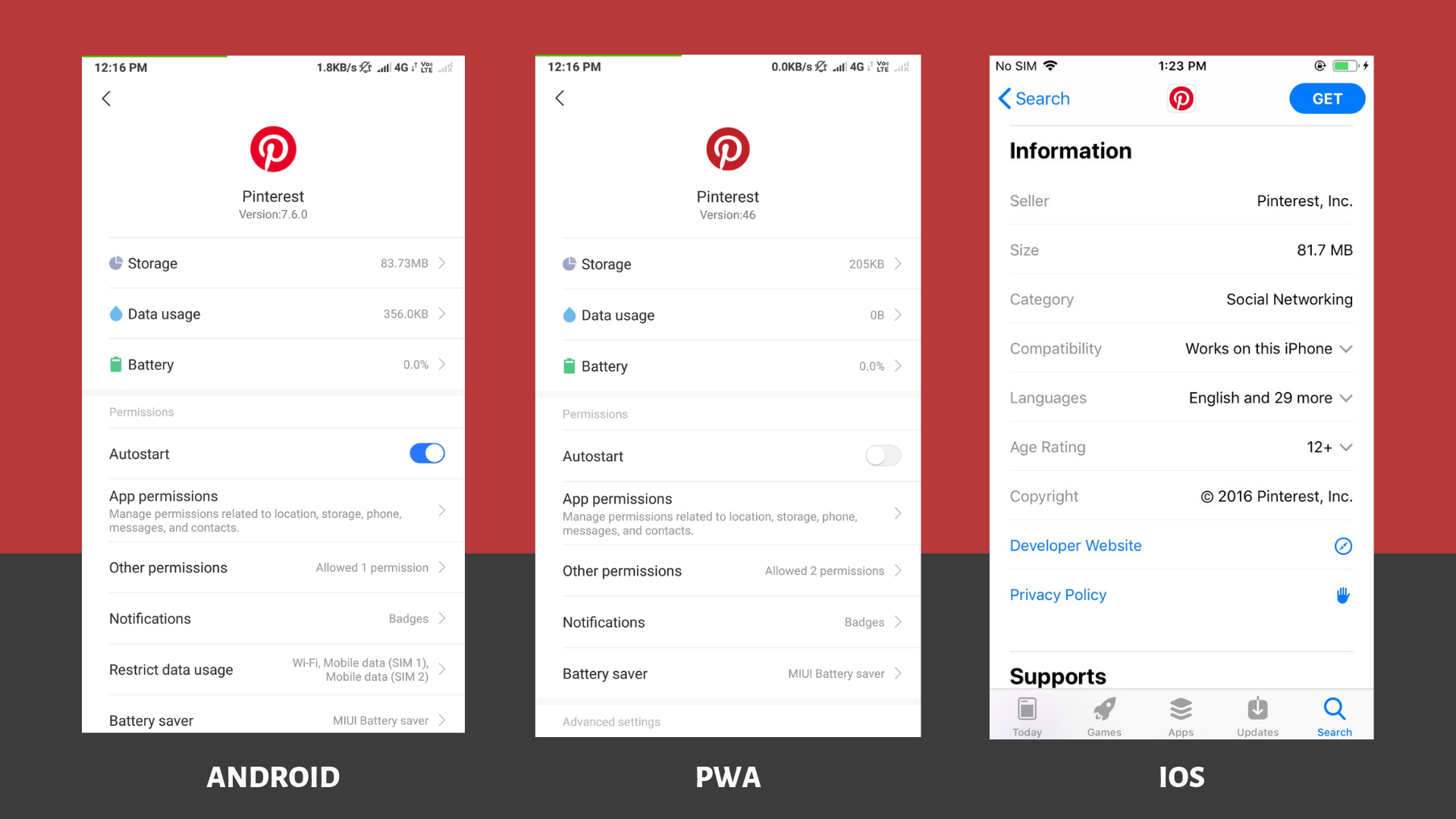
The wave of mobile app development has loosened the grip of website development market in the last 10 years. Businesses that used to own a website are hitting the road of mobile apps. The world of mobile apps started with native apps, then we saw hybrid apps.
Table of Contents
Eventually, the technology paved a path for something revolutionary: PWAs. I know, you may have more than a few doubts regarding PWAs such as what are PWAs? How PWAs work? What is the future of PWAs? I’ll clear all your doubts in this blog, and this is going to be a great read.
So, let’s start with…
Progressive web apps (or PWAs) are web apps that give the same look and feel like a native mobile app. The only difference is that it will be in the lite version. PWAs are supported by Google Chrome, Opera, Safari, and Samsung browser, etc.
You can use PWAs on your browser or simply click on the option “add to your homepage” from the browser’s menu and it will be added on your phone’s home screen as the lite version of the same app. It will work just like a native mobile app, sends push notifications, let you create an account, and will integrate into your phone settings seamlessly.
Here is the example of Amazon to understand the functioning of a progressive web app:
When we visit Amazon’s website, a pop-up prompts us to install a PWA if it supports (Check Screen 1).
If you skip that step, and still want to install it on your own, Go to the menu of browser => Add to home screen. It will automatically get installed on your device (Check Screen 2).
Screen 3 shows how Amazon’s PWA looks after installation.
Screen 4 shows how appears on the app drawer.

In 2015, the Google Chrome team coined the term “Progressive Web Apps”. But it shouldn’t be hard to believe that the idea of PWAs was initially available on Safari in the original iPhone OS. In the WWDC of 2007, Steve Jobs announced “One More Thing”, but we can not deny the truth that the idea of PWA didn’t get too much attention 12 years ago because Apple forgot to update that platform. So now after 10+ years, we can see how PWAs are getting the attention of every smartphone user.
Now that we know where PWAs came from, let’s take a look at all the salient features that make them so popular:
Yes! You heard it right, you don’t need to update PWAs. This is the most useful feature of using PWAs as it will save you lots of time and data that you waste on huge updates of native apps.
This is really a handy feature for those who don’t have a strong internet connection. PWAs are the lite version of the native app and they don’t need a high-speed internet connection to load. You can rely on PWAs as they can work well even in a flaky network.

PWAs are highly responsible and they adjust automatically according to any display size. So, whether you are using a smartphone or tablet, PWAs will run smoothly on your device.
Progressive Web Apps are more secure as compared to the traditional web apps because all the PWAs are served via HTTPS protocol to prevent snooping.
Installing an app from the app store can be a pain in the neck. Moreover, not every app is available on every app store. But with PWAs, you have the option to download the lite version of the app or use it in the browser only. If you want to download it, simply click on options and select “add to home screen” and you are done. Yes, it is that simple.
You might think that adding almost all the feature of a native app to PWAs will consume a major amount of space. Here is the example of Pinterest, the size of Pinterest on Google Play store is just 16MB (Image shows 83 MB with stored data) and 81.7 MB on App Store. But the PWA of Pinterest it is only 205 KB.

The best thing about PWAs is their native-like look and feel. PWAs are feature packed and deliver user experience astonishingly close to their native counterparts. PWAs also remind you of the updates through push notifications.
We all know the role of speed in the performance of an app. According to a survey by Google, 53% of users will abandon a site if it takes longer than 3 seconds to load. In the case of PWAs, the apps load faster than convention sites, while staying lighter than a native app.
Progressive web apps continue to make a strong base in the market. For example Amazon, Flipkart, Pinterest, Forbes, OLX, Twitter, BookMyShow etc. have already launched PWA versions of their native apps.
In the next few years, we will see how Progressive Web Apps stand against the stronghold of the native mobile app industry. It also depends on the user base because some users may not like the lite version of an app while for some of them, it will be a boon. Every Mobile App Development Company is already working on PWAs along with native apps.
That said, do you think PWAs will replace a native mobile app completely in the future? Let me know in the comment section.
